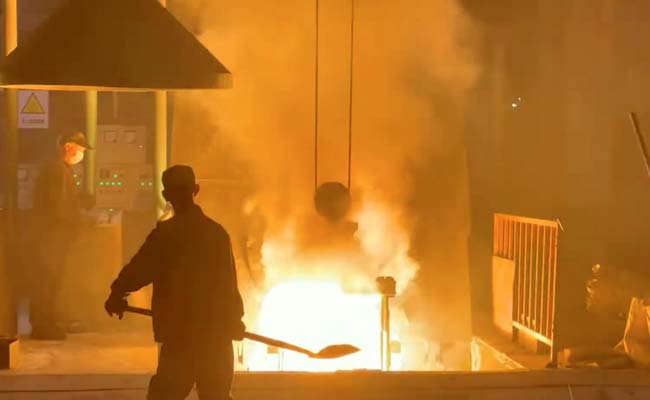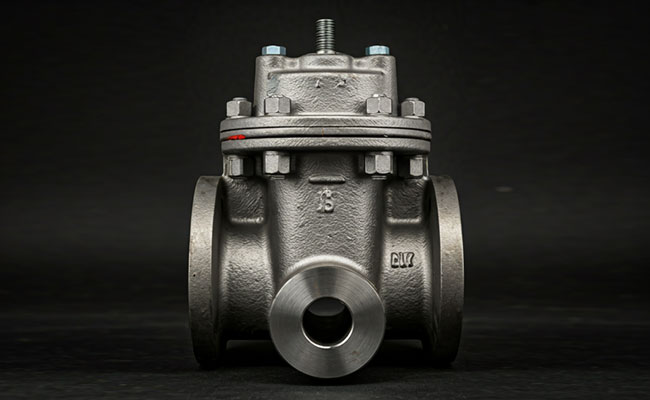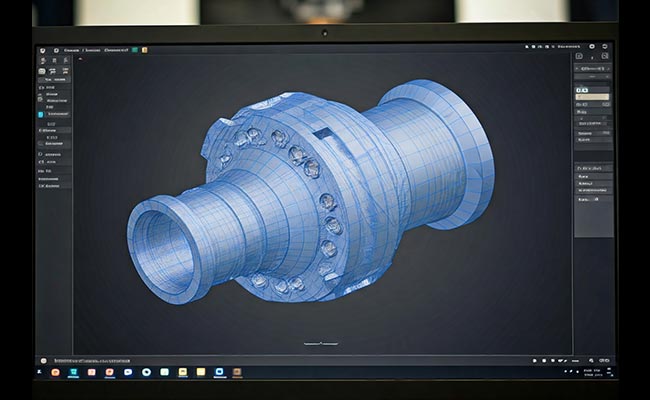Maxwill Sand Casting
2021-04-22
Maxwill Tube Fittings
2021-07-12Spheroidizing is a form of heat treatment for iron-based alloys, commonly carbon steels, to convert them into ductile and machinable alloys. It is conducted at temperatures that are slightly below the eutectoid temperature (the temperature at which the solution is a solid solution rather than liquid), followed by a slow cooling process. The resulting spheroid structure is a microstructure that contains sphere-like cementite particles. Spheroidite is known as the most ductile and machinable form of steel.
Spheroidizing of high carbon steel is a method of prolonged heating at a temperature below the eutectoid temperature. By heating at this temperature, pearlite, the lowest-energy arrangement of steel, gets converted to ferrite and cementite. The graphite content of steel assumes a spheroidal shape after spheroidizing and after prolonged heating, the pearlite layers are broken down and spherical lumps of cementite, or spheroid, are formed.
The structures in the spheroid are one thousand times larger than those of pearlite and are spaced further apart. This means the spheroid steel is extremely ductile. However, the process of spheroidizing does consume a lot of energy.
Advantages of Spheroidizing
Some of the advantages of spheroidizing are mentioned below:
·Increases ductility of high carbon steel
·Spheroidite structure reduces energy needed for subsequent operations
·Machinability is increased.




